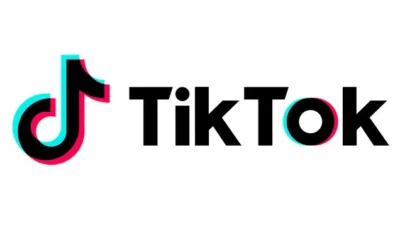It’s no comfort knowing you’re not the only one having trouble finding tech talent. Demand is high, supply is low. And everyone has teams and projects stuck in limbo.
What would be comforting is a solution. Well, here you go.
I’ve helped many marketing teams close the gap in their technical capabilities without writing a single job description. The reality is you have many more options than you can envision right now. All you need to do is expand your frame.
Expand Your Frame
When making a decision, framing helps you focus on the proper outcomes. The hard part may be setting the frame to the right size. Make it too small and you miss big chunks of the panorama. Too large and you lose the details.
It’s also a fantastic way to think more strategically. While others are getting up in tactics, e.g., hiring, you can think of the outcome you’re hoping to achieve and determine the fastest way to get there.
Get the daily newsletter digital marketers rely on.
The frame here is not that you need to hire someone, it’s that you need a certain set of tasks completed. Instead of hiring you should consider two other options: automation, i.e. no-code, and adjusting your team’s priorities. Looked at that way, you may already have all the skills you need.
No-Code & the New Engineers
The rise of no-code software tools is one of the most significant developments in the marketing world. No-code tools are meant to be used by non-technical folks. They have drag-and-drop interfaces and tend to be highly user-friendly. Examples include Zapier, Tray.io, and countless others.
A huge problem for marketing teams is their technology is too complex. Doing anything significant means getting an engineer. Even sending emails requires technical help. With multiple no-code options in every category, there’s no need for this.
Instead of hiring someone to support marketing automation, find a software solution anyone can use. In practical terms, it means avoiding options like Salesforce, which requires in-house expertise, hundreds of pages of documentation and the proper alignment of the moon to make it work. Other solutions are drastically easier to use, though they may have less functionality.
I tell my clients to prioritize the ability to connect their tools rather than just their raw capabilities. You may have the best email marketing solution, but it’s not as valuable if you can’t easily export data to a CRM. Be biased towards no-code, and you can avoid hiring.
I recently helped clients connect their Hubspot, Google Sheets, and a website using only no-code tools like Zapier. We were able to get everything done in a matter of weeks with no involvement from their engineers. In addition, the marketing team could send better-targeted emails and measure their performance better. All they needed were the right tools.
Adjust Your Priorities
Think over how your team spent their time over the past week. Were they working on the highest impact tasks? Unfortunately, there’s a good chance the answer is no. It’s easy to fall prey to “busy work” or get stuck doing jobs that should be automated.
Bill Gates once said there’s no point hiring someone to do an inefficient process. You’re just scaling bad habits. Instead, clean up your processes before adding more bodies. You may discover plenty of time to research software tools and tackle new tasks.
Read next: Broaden your marketing ops talent perspective
The fastest way to adjust your priorities is to run a time audit of your team. Ask each member to record how they spent their time over an average week. You can then work with them to figure out how to remove tasks from their plates. Low-hanging fruit includes manual input, work that no one sees or failure work—where tasks are redone multiple times.
After running an audit for one team we found they spent way more time cleaning up data rather than using it. We figured out what was causing the errors and duplication, solving them through formulas and other measures. They were able to shift around 20 hours to other tasks. Many teams have similar hidden opportunities.
Digital-First Means Being Lean
Being digitally savvy isn’t about hiring as many people as possible. Digital channels offer the ability to be lean as you scale. Think of influencers who run channels with millions of views out of their parent’s basement. They have a lean but effective production. Years ago, the Instagram team had less than 100 people before being acquired by Facebook.
As you shift into digital, you have the opportunity to restructure your marketing teams and take advantage of trends like no-code. The first step is to expand your frame. After that, you might see more opportunities.
Opinions expressed in this article are those of the guest author and not necessarily MarTech. Staff authors are listed here.

















![5 Psychological Tactics to Write Better Emails → Download Now: The Beginner's Guide to Email Marketing [Free Ebook]](https://articles.entireweb.com/wp-content/uploads/2023/02/11-Free-Email-Hacks-to-Step-Up-Your-Productivity.png)
























You must be logged in to post a comment Login